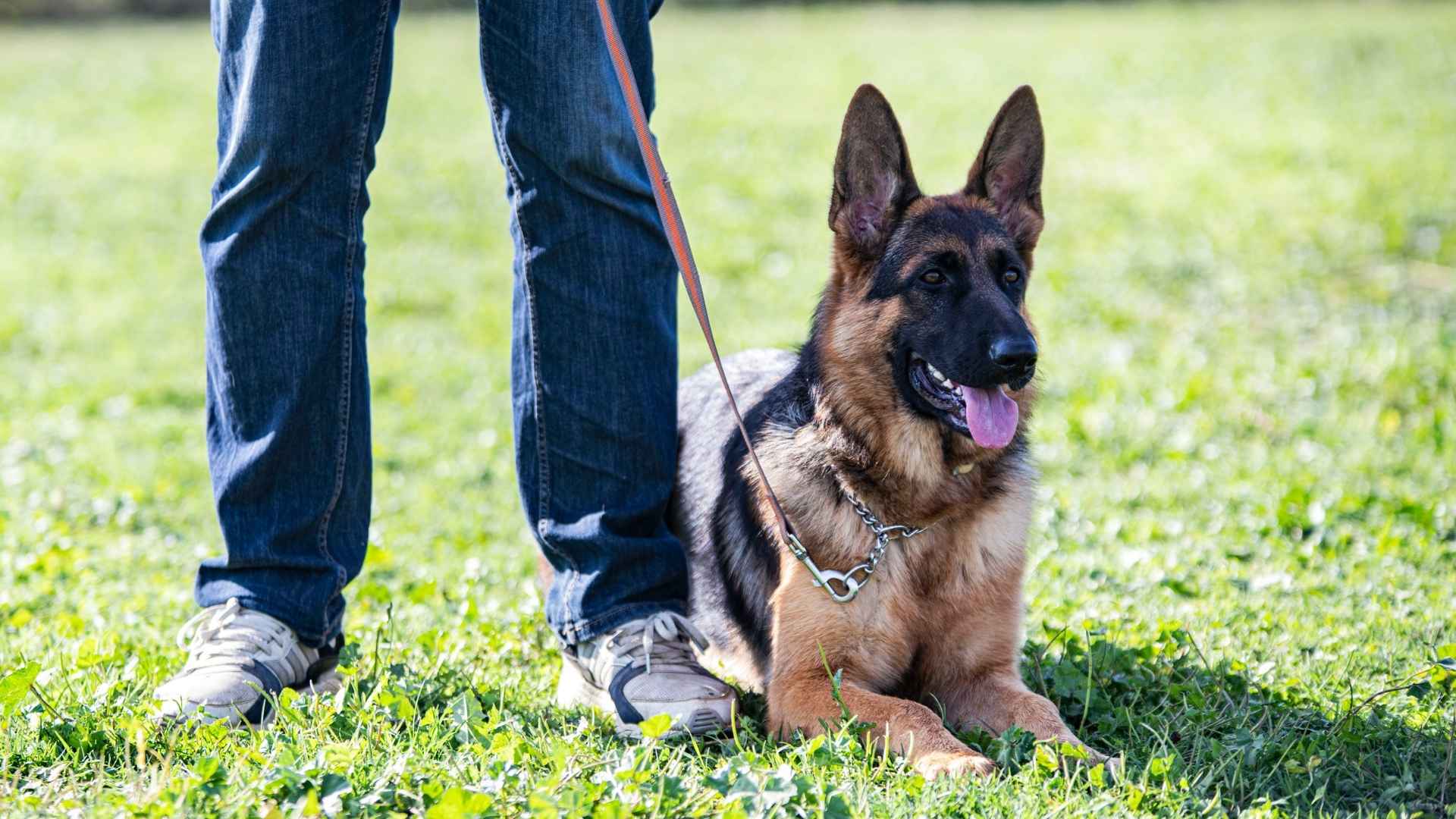They say behavior tells the story—and it’s never more striking than when you meet a dog so focused, so intuitive, it almost reads your mind. According to a study, it turns out, around 88% of dog owners report some level of training, and 58% of them manage that themselves—no formal classes, just time, patience, and a growing bond born of two willing hearts at home.
A dog capable of guarding property—or people—moves beyond strength or size. It’s a combination of instinct, intelligence, and that rare spark: the willingness to follow, protect, and respond without hesitation. That spark often gets lit through training that builds not just obedience, but trust and connection.
This blog will explore how certain breeds, when guided with care and structure, deliver an almost uncanny level of discipline and instinct. They become partners—not just protectors.
Exceptionally Obedient Guard Dog Breeds
Here are the 7 guard dog breeds:
1. Rottweiler
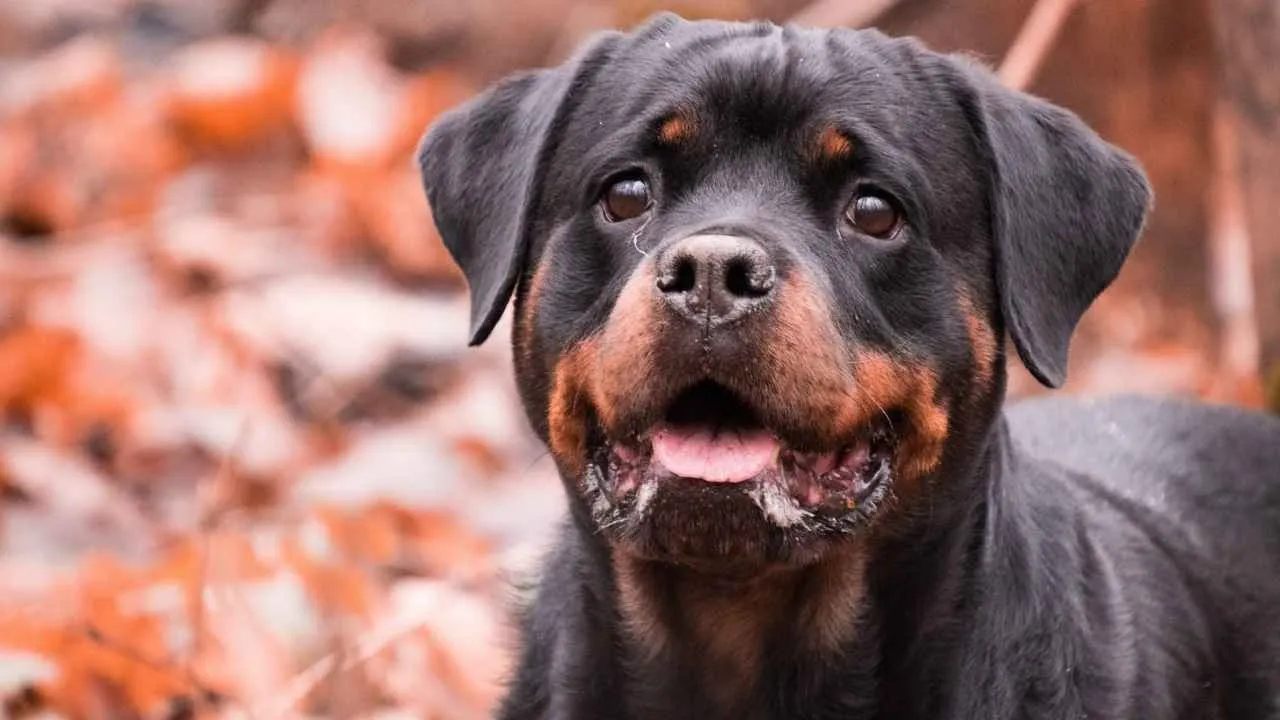
When it comes to strength paired with loyalty, Rottweilers stand out as excellent guard dogs. Their history as working and protective dogs gives them a reputation that is both respected and admired.
What makes them remarkable isn’t just their muscle or size—it’s their steady temperament, quick learning ability, and instinctive devotion to the people they protect.
Unique Traits and History
Ancient Origins: Believed to descend from Roman drover dogs that traveled with legions, helping manage cattle and livestock.
Drovers of the Past: Originally used to move herds across long distances, showcasing endurance and intelligence.
Money Protectors: Earned the nickname “Metzgerhund” (butcher’s dog) for carrying and guarding bags of money tied around their necks.
Renaissance as Police Dogs: Regained prominence in the early 1900s, serving in law enforcement and search-and-rescue.
Temperament and Behavior
Known as “leaners,” they often press their weight against people as a form of affection and bonding.
Thrive when given structured roles such as therapy, service, or detection work.
Loyal, confident, and steady-minded when trained properly.
Care and Exercise
According to the American Kennel Club (AKC), they require regular training sessions to keep their sharp minds engaged.
Benefit from interactive games, puzzle feeders, and obedience work.
Socialization is key to channeling their natural instincts in positive ways.
2. Boxer
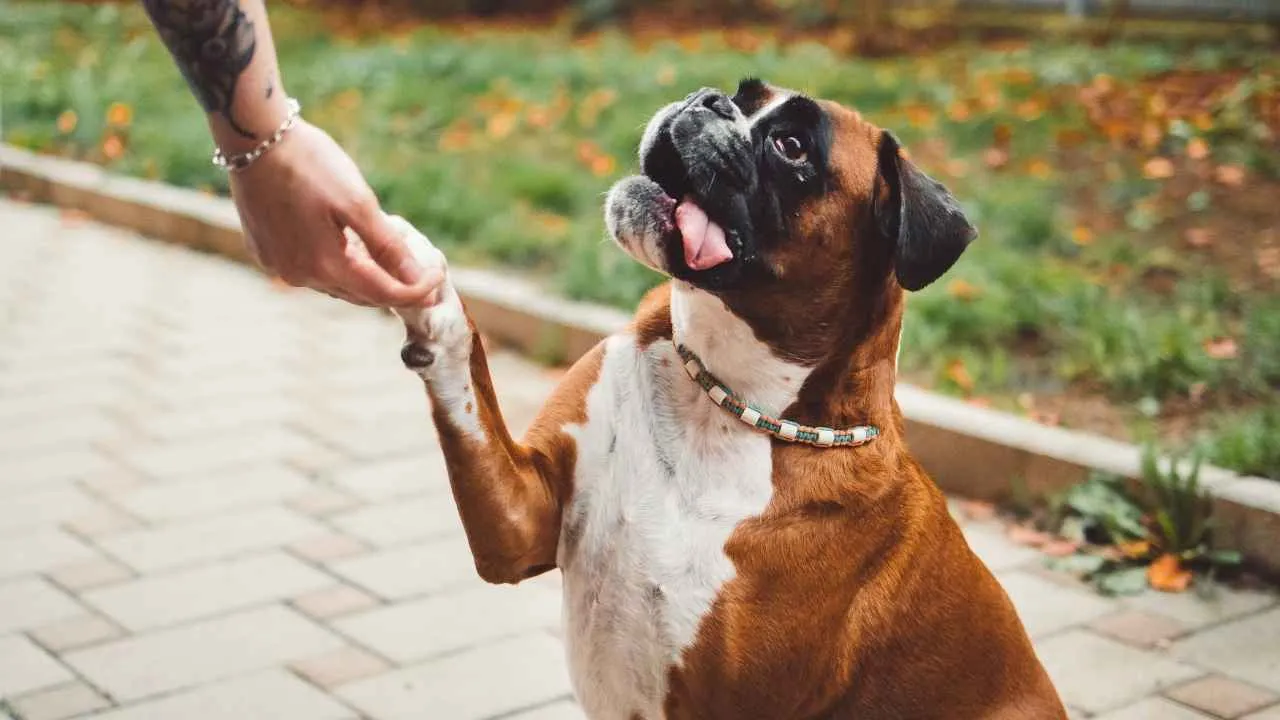
Boxers are known for their boundless energy, playful charm, and protective nature, but they also rank among the most dependable guard dog breeds.
Beneath their clownish expressions lies a strong, athletic worker bred to protect, hunt, and serve. This balance of affection and vigilance makes the Boxer one of the most fascinating companions—equal parts guardian and entertainer.
Unique Traits and History
German Roots: Originated in 19th-century Germany, developed from the “Bullenbeisser” (bull-biter) used for hunting wild boar, bears, and bison.
Working Class Hero: Historically used for guarding livestock, pulling loads, and assisting butchers in controlling cattle.
War Heroes: Played crucial roles during World Wars, carrying ammunition, messages, and supplies.
Name Origins: Believed to come from the German word boxl or from their pawing style resembling a prizefighter.
Global Expansion: First arrived in America after World War I and later became a beloved breed worldwide.
Temperament and Behavior
Playful and affectionate, especially with children.
Known to use their paws in a playful, boxing-like manner.
Can be stubborn—requires consistent, fair leadership during training.
Naturally confident and bold; should not show timidity or fearfulness.
Excellent companions for active families.
Care and Exercise
Require daily exercise to burn off energy; jogging, fetch, or agility games are ideal.
Benefit from mental challenges like puzzle toys and advanced obedience work.
Early socialization ensures confidence around strangers and other animals.
Regular leadership and training prevent dominance-related behaviors.
3. Giant Schnauzer
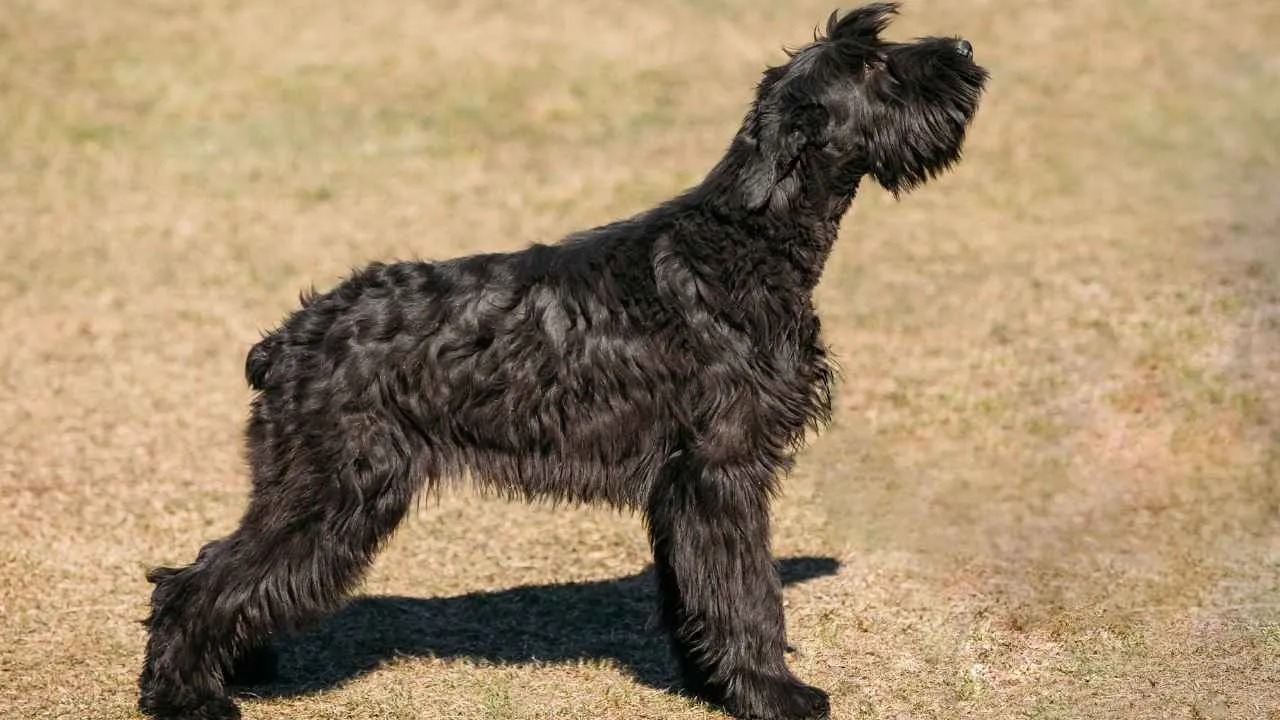
Among the most spirited and determined workers, Giant Schnauzers have long earned their place as one of the most loyal dog breeds. Originally developed for farm work and later serving as capable protection dogs, they thrive when challenged both physically and mentally.
What sets them apart is their balance of power and devotion—a breed that can switch from vigilant guardian to affectionate companion when given the right environment.
Unique Traits and History
Working Roots: Originally bred in Germany to drive cattle, guard properties, and assist with farm duties.
Scale of the Schnauzer Family: Largest of the three Schnauzer types (Miniature, Standard, Giant).
Historic Versatility: Known for their adaptability—used on farms, in military service, and for police work.
Distinct Appearance: Signature beard and bushy eyebrows give them an unmistakable, commanding look.
Lifespan: Despite being a larger breed, it can live 12–15 years, often well over a decade with proper care.
Temperament and Behavior
According to WebMD, they are bold, alert, and affectionate with family.
Highly intelligent but can be commanding and stubborn if not properly guided.
Require basic obedience training early on to develop structure and respect.
Playful at home but naturally serious when guarding.
Best suited for experienced dog owners, not ideal for first-time handlers.
Care and Exercise
Require daily mental and physical stimulation to prevent boredom and destructive habits.
Need structured activities like agility, advanced obedience, and protection training.
Weekly brushing plus regular clipping to maintain coat health.
Dental care and nail trimming are essential for long-term health.
4. Cane Corso
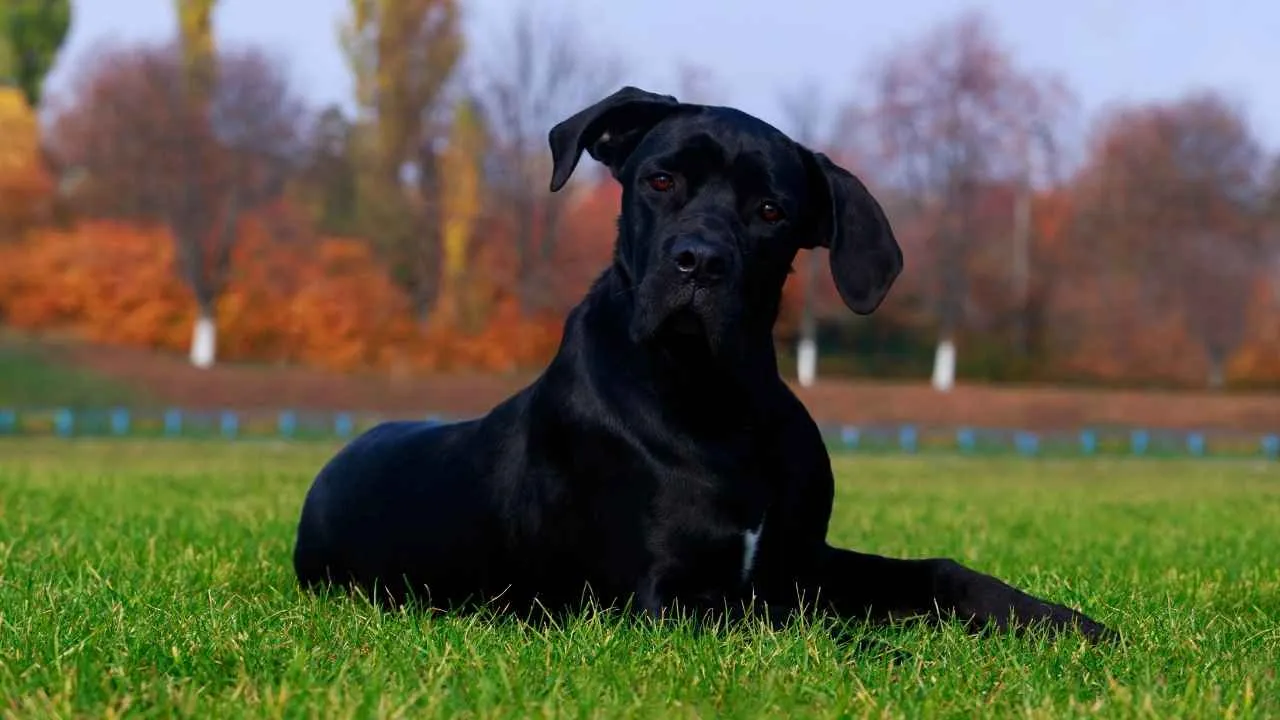
With roots tracing back to ancient Rome, the Cane Corso has always stood tall as one of the best guard dog breeds. This Italian powerhouse is admired not just for its muscular frame and watchful eye, but for being incredibly loyal to the people it protects.
When raised with care and structure, the Cane Corso becomes more than a guardian—it becomes an integral part of the home, dedicated to safeguarding its family members with unmatched devotion.
Unique Traits and History
Ancient Origins: Descended from Roman war dogs, later adapted for guarding estates and livestock.
Working Role: Historically used to protect farms, hunt large game, and serve as personal protection dogs.
Modern Standing: Today, valued as both a family protector and a reliable working dog.
Italian Heritage: “Cane Corso” translates to “guardian dog” in Latin-derived Italian dialects.
Temperament and Behavior
Confident, assertive, and deeply protective of their household.
Affectionate and gentle with loved ones, but aloof toward strangers.
Require structured training and socialization from a young age to prevent unwanted dominance.
Can coexist with other pets if properly introduced and supervised.
Known for their sharp instincts and unwavering commitment to those they bond with.
Care and Exercise
Require 1–2 hours of daily activity, including structured walks, jogs, or agility work.
Thrive when given tasks that combine both physical and mental stimulation.
Puppies should have gradual exercise increases to avoid joint stress in their growing phase.
5. German Shepherd
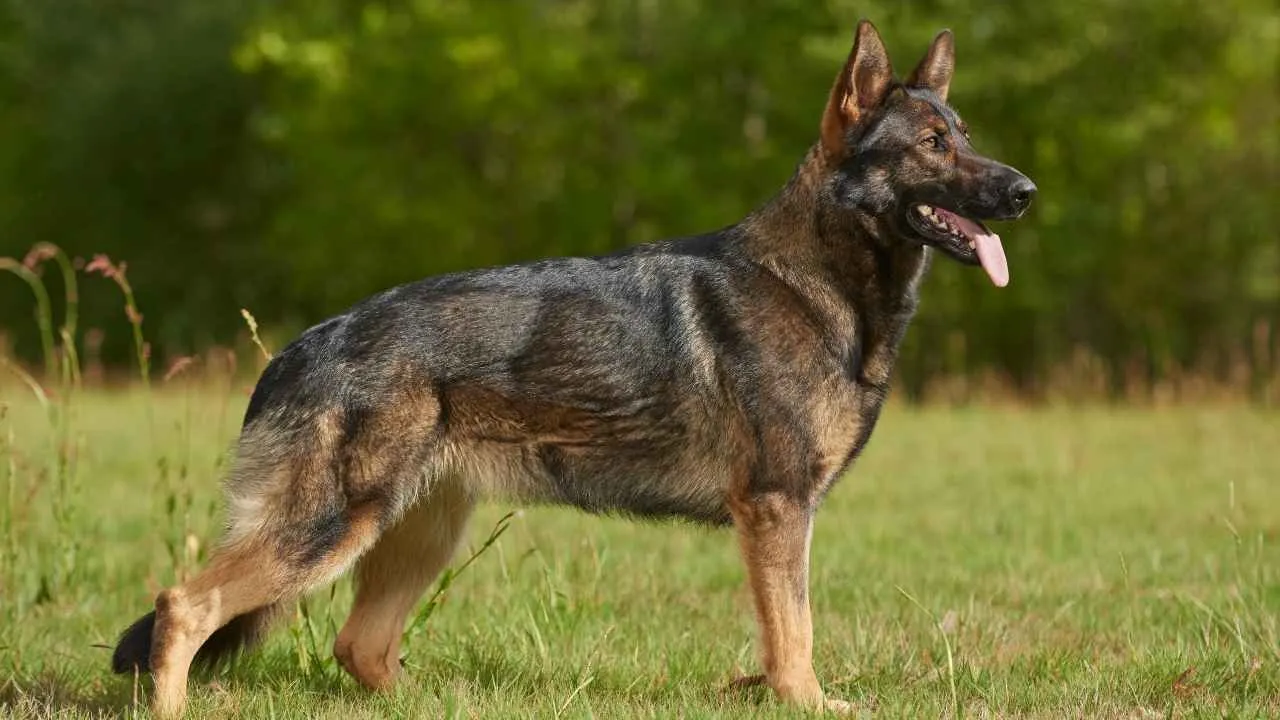
The German Shepherd has earned its place among the most popular guard dog breeds thanks to its intelligence, versatility, and unwavering devotion. Known for their sharp protective instincts, they form deep bonds with their human family and thrive when given both purpose and direction.
With early training, structure, and guidance, German Shepherds grow into balanced protectors who also make affectionate and playful loyal companions.
Unique Traits and History
Working Legacy: Originally developed in late 19th-century Germany to herd and guard livestock.
Versatility: Today, widely used in police work, military service, and search-and-rescue roles.
Global Popularity: One of the most recognized and respected breeds worldwide.
Symbol of Loyalty: Long-standing reputation for bravery, devotion, and adaptability.
Temperament and Behavior
Loving and protective with family, especially children.
High energy, thrives in active households.
Strong guarding instinct makes them natural watchdogs.
Can be wary of strangers but affectionate with those they trust.
Need clear boundaries to prevent overprotective behavior.
Care and Exercise
Require 1–2 hours of exercise daily to stay healthy and engaged.
Thrive with mental challenges such as advanced training, puzzle toys, or scent games.
Best suited for homes with space to run, though dedicated owners can manage apartment living with effort.
6. Doberman Pinscher
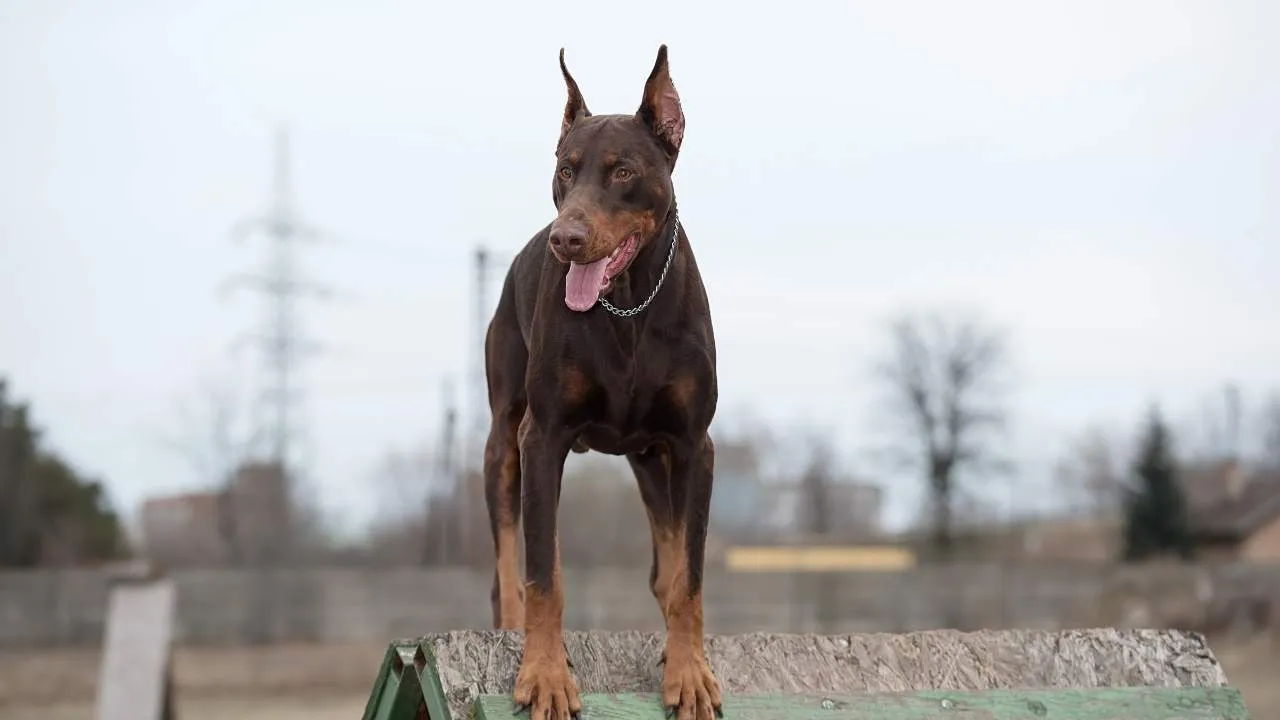
The Doberman Pinscher is one of the most admired protective dog breeds, blending elegance with strength and sharp intelligence. Originally developed in Germany in the late 1800s by Louis Dobermann, this breed quickly became a great guard dog and trusted partner for those needing protection.
With proper socialization and consistent training, Dobermans grow into confident, dependable companions that are not only courageous but also fiercely loyal to their families.
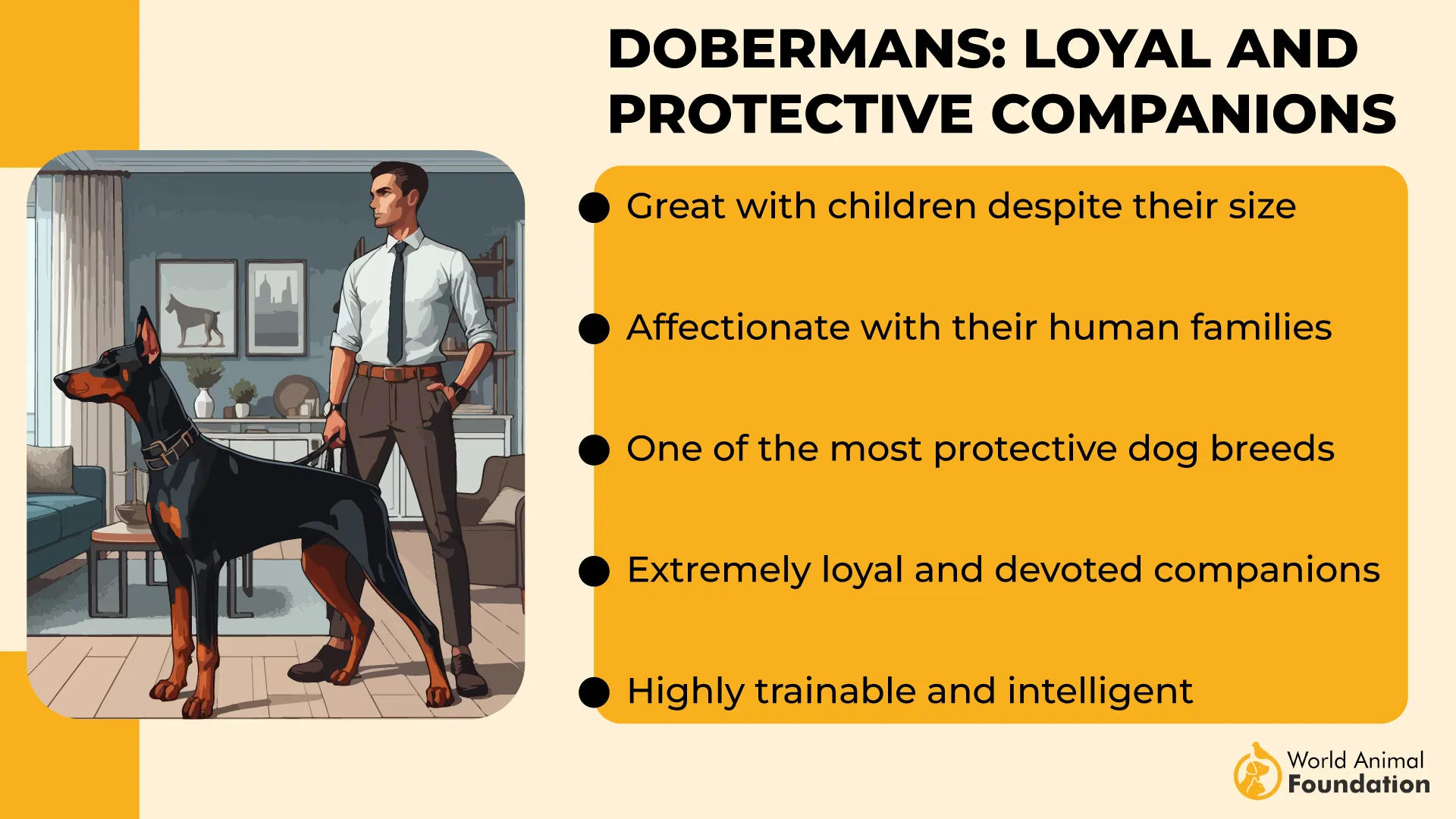
Unique Traits and History
Purposeful Origin: Created by Louis Dobermann, a tax collector, for protection during his rounds.
Athletic Movement: Known for their sleek build and powerful, graceful stride.
Modern Role: Still valued as guardians while also serving in police, military, and search-and-rescue work.
Reputation: Seen as both noble protectors and affectionate family companions.
Temperament and Behavior
Brave, intelligent, and highly alert to their surroundings.
Naturally protective but affectionate with loved ones.
Energetic, playful, and thrives in active homes.
Obedient and eager to learn when given clear guidance.
Care and Exercise
Benefits from structured obedience classes to refine natural intelligence.
Early proper socialization ensures they are confident and well-mannered with people and other pets.
Thrive in homes that can provide both physical exercise and mental challenges.
7. Belgian Malinois
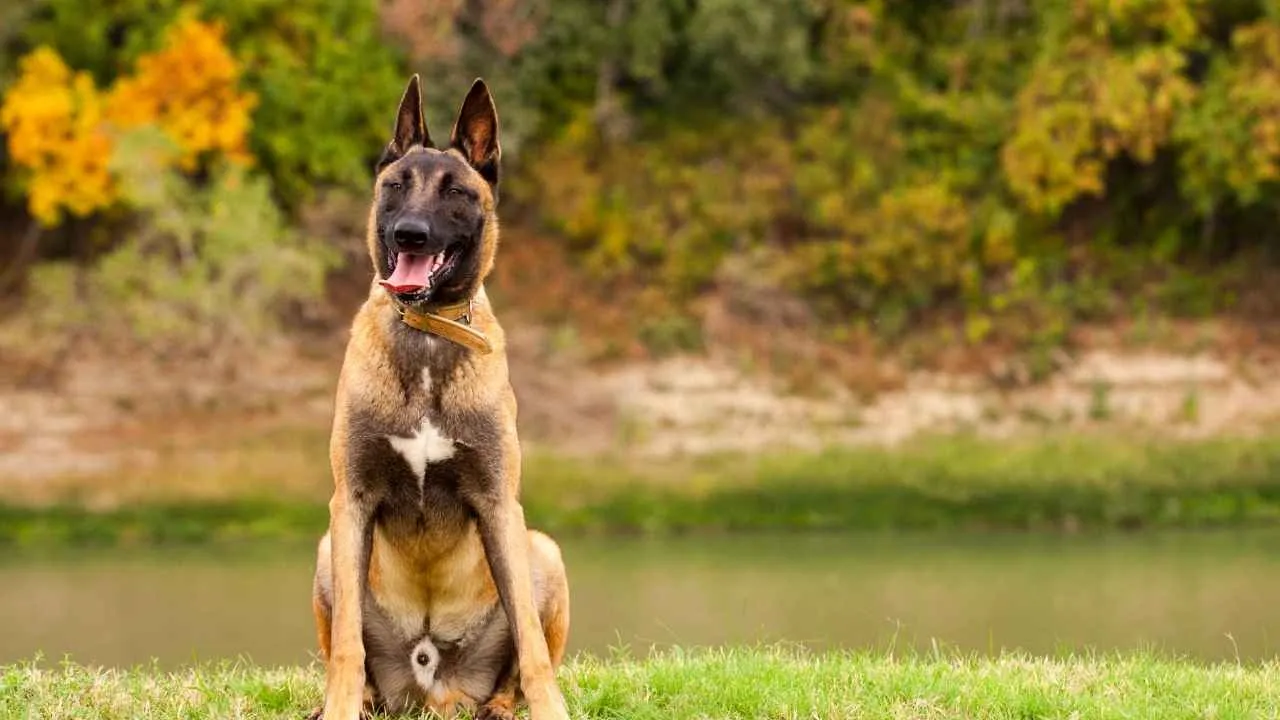
The Belgian Malinois is often regarded as one of the most versatile working dogs in the world. Known for their natural guarding instincts and extremely intelligent nature, they excel in nearly every role given to them—from herding livestock to serving alongside police and military units.
With proper guard dog training, they become a great family guard dog, blending loyalty with unmatched drive. Their keen sense of awareness makes them quick to respond, whether it’s during protection work or simply watching over their loved ones at home.
Unique Traits and History
Belgian Heritage: Originated near the city of Malines, Belgium, and developed primarily for herding.
Career Dogs: Expanded into detection, search-and-rescue, and high-level protection work due to unmatched intelligence.
Work Ethic: Thrives when given a job or consistent activity.
Reputation: Energetic and disciplined, trusted worldwide for their reliability.
Temperament and Behavior
Focused and task-driven, always eager to learn.
Deeply loyal to their families and responsive to consistent leadership.
Energetic and thrives in active, outdoor-loving homes.
Confident with strong protective instincts.
Requires mental and physical outlets daily to stay balanced.
Care and Exercise
Needs vigorous daily exercise, such as running, hiking, or agility training.
Excels in obedience, tracking, herding, and competitive dog sports.
According to PetMD, they are best suited for experienced owners who can commit to ongoing training.
Daily tasks or “jobs” keep them mentally satisfied.
Prevents boredom-related behaviors with structured routines and stimulation.
Conclusion
When it comes to choosing the right guardian for your home, the breeds we’ve explored stand out for more than just their strength—they’re among the smartest breeds you can find. Their loyalty and devotion shine just as much in family life as in protection work, proving they can balance affection with vigilance. Each one has the instincts and temperament to deter intruders while remaining trustworthy companions indoors.
They make excellent guard dogs not just because of their size or power, but because they’re an alert breed that notices everything and reacts with purpose. For families who live active lifestyles and want peace of mind, having an active guard dog means both security and a loyal partner at your side.


